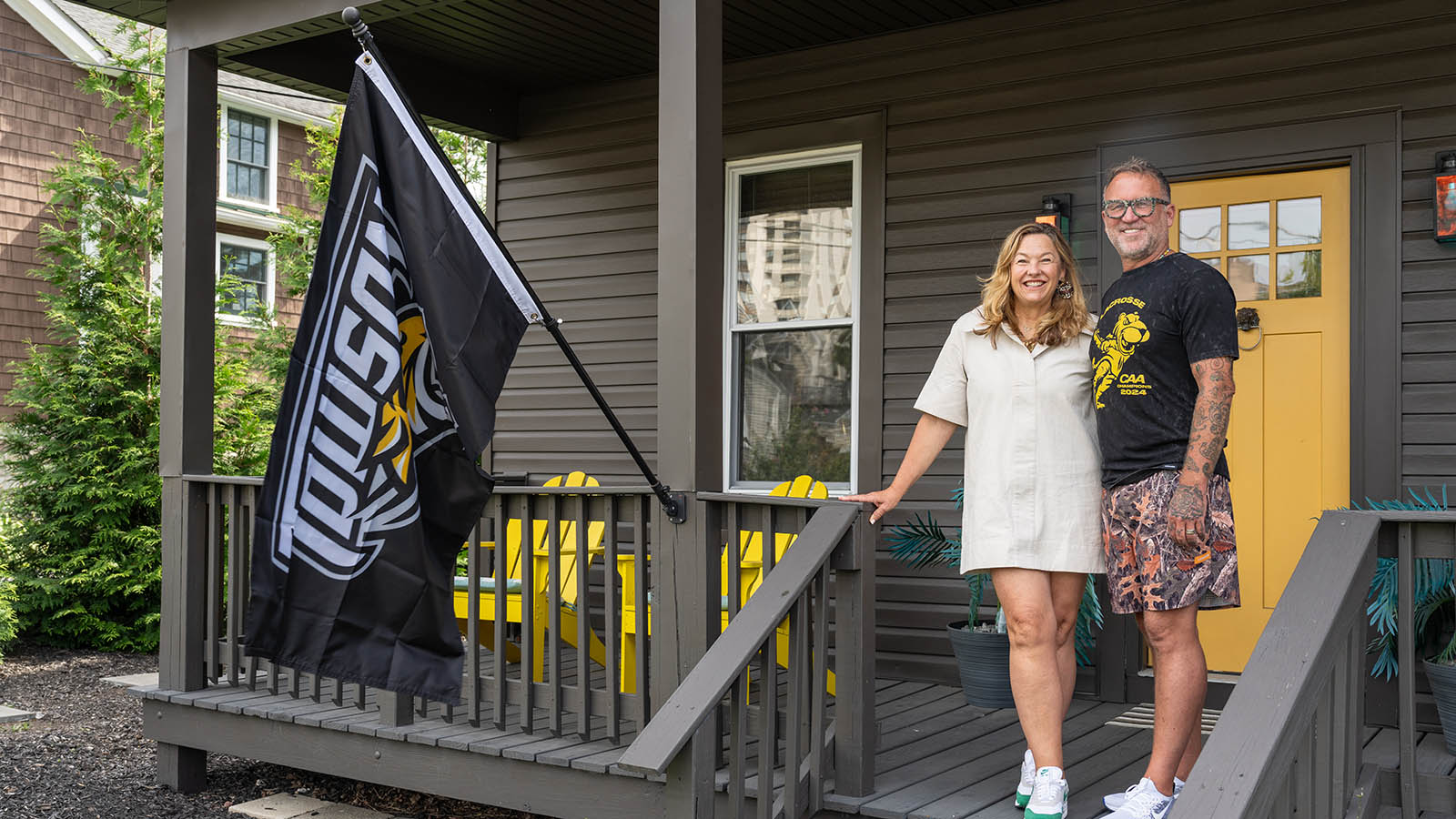Feature Series
An Evolution of Excellence
Karen Keady ’87 reflects on her nursing career and shares her thoughts on some of the Health Professions Building’s cutting-edge technologies.
Karen Keady ’87 almost didn’t become a nurse. She started down a communications track at another university but needed a more personally meaningful career. After important conversations with her mother, who was a nurse, and speaking to a family friend who was a nurse at Johns Hopkins, Keady applied to Towson.
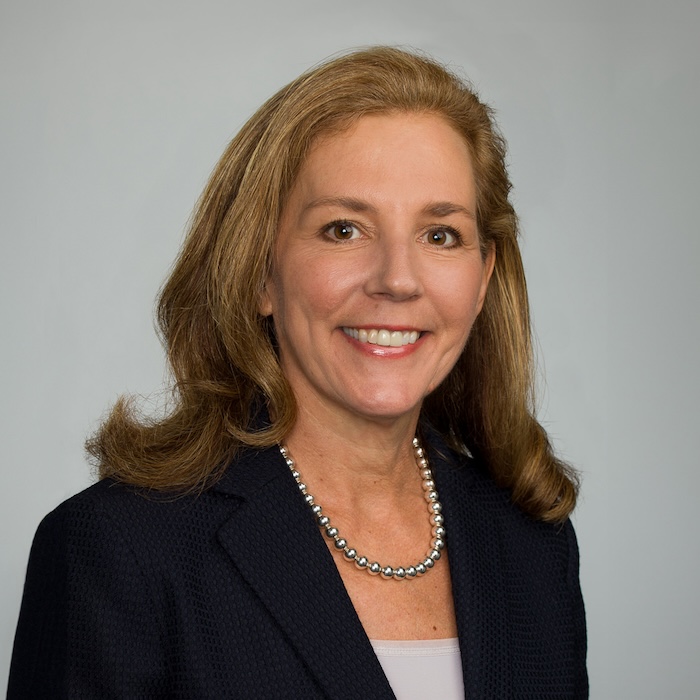
“[The family friend said,] ‘I always like to hire the Towson grads. They are the best nurses I ever hire, and if I can get a Towson grad, I’ll take them over anybody else.’”
After earning her bachelor’s degree in nursing at TU, Keady spent much of her career at Johns Hopkins Hospital, from her first role as a clinical nurse in the neuroscience critical care unit to serving as vice president of nursing and chief nursing officer for Hopkins’ Howard County General Hospital. She then joined the University of Rochester Medical Center for six years as the system’s vice president and chief nurse executive. In April 2024, she became the system chief nursing officer at Vanderbilt University Medical Center.
Towson gave me the foundation of my entire career ... They have been evolving all these years and continue to produce great graduates.
Karen Keady ’87
Early in her career, Keady served as a clinical instructor for nurse leadership at TU and, like the woman who steered her into nursing, Keady looks for TU nursing grads when she hires.
“Whenever a Towson grad would come, I would always be so excited,” she says. “I had leadership students I would try to hire during their last semester.”
When Keady heard about the new Health Professions Building, she was excited by its unique design and focus on interprofessional education and sees the opportunities it provides students as the next iteration of excellence in health and wellness care education.
“Towson gave me the foundation of my entire career,” she says. “They have been evolving all these years and continue to produce great graduates.”
Virtual Body Lab (Anatomage Lab)
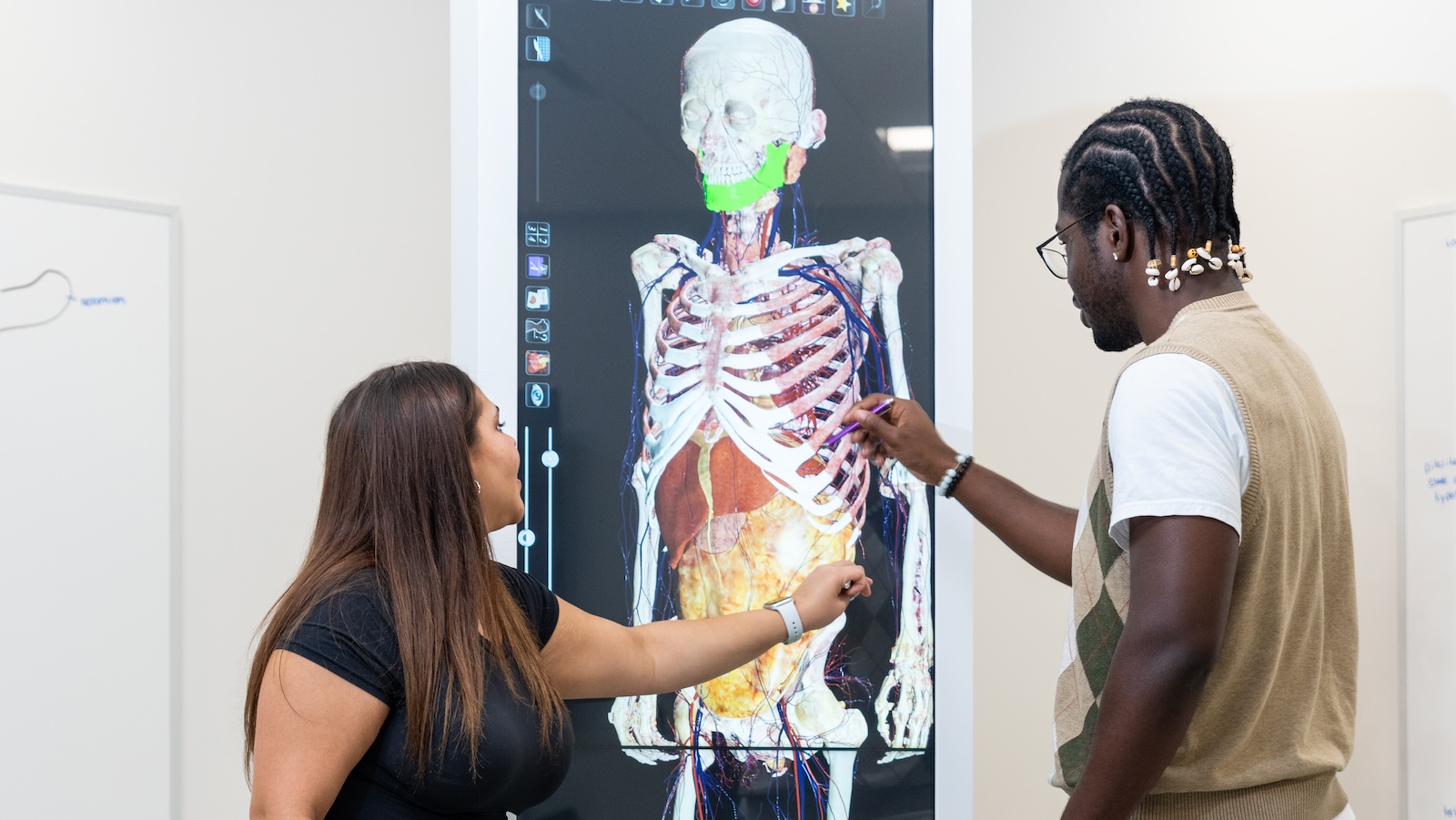
The new building’s digital body lab promotes high-tech, high-touch experiential learning. The cutting-edge technology displays scans of people who donated their bodies to science and who range in age, gender and health history. Students can parse thousands of digital layers to examine components of the bodies, such as the nervous system, musculature and the brain.
“The simulation when I was training was so much less involved,” Keady says. “[The virtual body lab] is wonderful because you get to practice when the stakes aren’t as high, but it is almost like a real-life situation. Having been someone, who for many years, hired new graduates and had to get them transitioned to practice, I feel using technology to prepare people will help them be successful.”
Hospital Wing Simulation
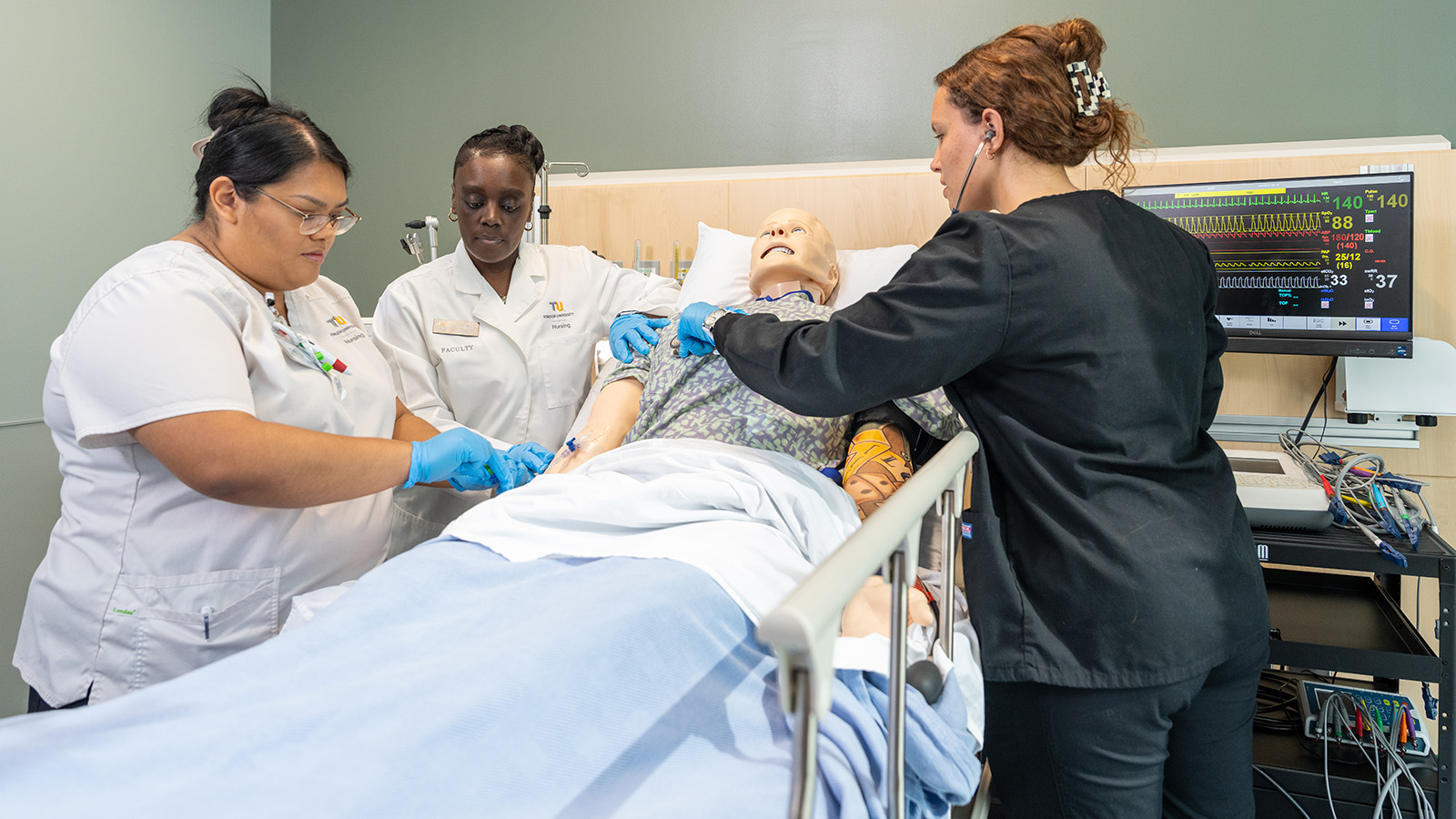
Most of the sixth floor mimics a hospital wing, including acute and multipatient care units and a primary care clinic. This immersive yet safe setting gives students opportunities to practice hands-on care and enables direct faculty feedback. It embodies the college’s focus on interprofessional education and collaboration, bringing together students from multiple disciplines to work as a team during simulations.
“It helps get [students] warmed up to what it’s going to be like in the clinical setting,” Keady says. “It also shows them no one works alone. Simulating those real-life situations when there’s not so much at stake lessens the anxiety for trainees.
“I can remember the day I finished orientation. I was like, ‘Oh, my God, I’m going to be by myself.’ It’s a scary feeling, but [the simulation center] reinforces the idea that you’re not taking care of the patient by yourself. You have a team who all work together.”
Occupational Therapy Activities of Daily Living
The new building includes spaces for occupational therapy students to learn how to provide quality care that positively impacts the health and well-being of the community. One is a lab designed to replicate a natural living environment, including a kitchen, bathroom, bedroom and living room. It provides a realistic skill-development space, where students learn the practical skills and therapeutic techniques needed to support clients in achieving greater independence in their everyday lives.
“Simulating what students are going to be faced with—seeing it, doing it—is an effective way to teach needed skills,” Keady says. “Even nursing students could benefit from that. [Health care providers are] trying to figure out how to get nurses prepared to work in ambulatory settings right out of school.
“Before, no one went into home care right out of school; you had to go to the hospital to develop your skills. Now we’re hiring people right into home care and ambulatory settings where you have to be really independent. That’s not easy when you’re a brand-new graduate. Showing them these environments is one step closer to getting people prepared to work in unconventional settings that are becoming more and more important.”
Looking Forward
Over the course of her career, Keady has seen tremendous change in the health care industry in relation to technology.
“[Technology] has increased the speed in which we have to work because now we can do things faster,” she says. “One of the things schools have to think about is how to prepare the new graduate going into this world where time may be scarce. I think this new [building’s state-of-the-art technology] will transition students to clinical practice in a smoother fashion. I think it’ll increase their confidence. Higher confidence in the new graduate would allow them to be in more critical situations and be more independent sooner.
“In the last 10 years, most schools have moved to simulation. But I have not seen or heard of a school that has such a tech-savvy building. I’m delighted this is happening because if I can shorten the time I need to train [new nurses] in the clinical setting when they’re hired, then I can get them working sooner. It’s win-win for everybody.”
More on the New Health Professions Building
Learn about the ins and outs of Towson University’s new Health Professions Building, from the ground-floor classrooms to the terraced roof gardens and all the state-of-the-art experiential learning areas in between.
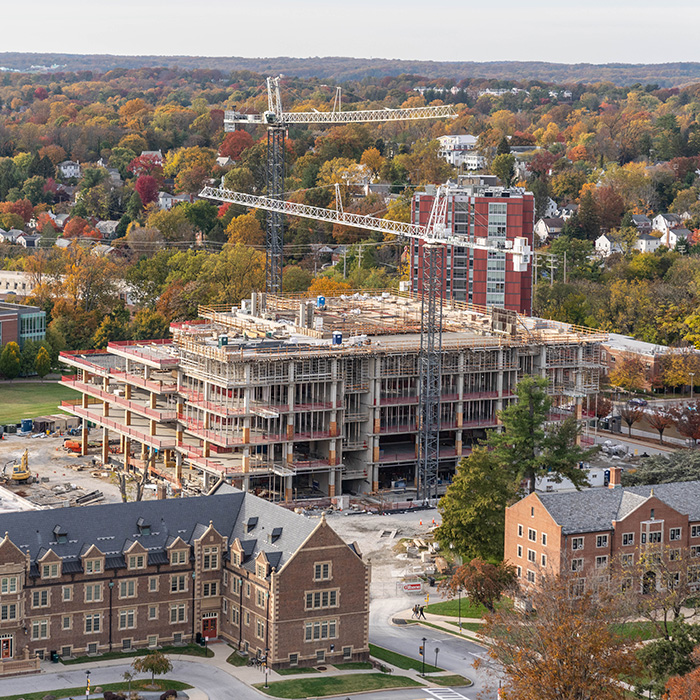
Building the Future of Health Care
The new Health Professions Building’s cutting-edge technology and collaborative learning spaces make it a leading center for interprofessional health and wellness education.
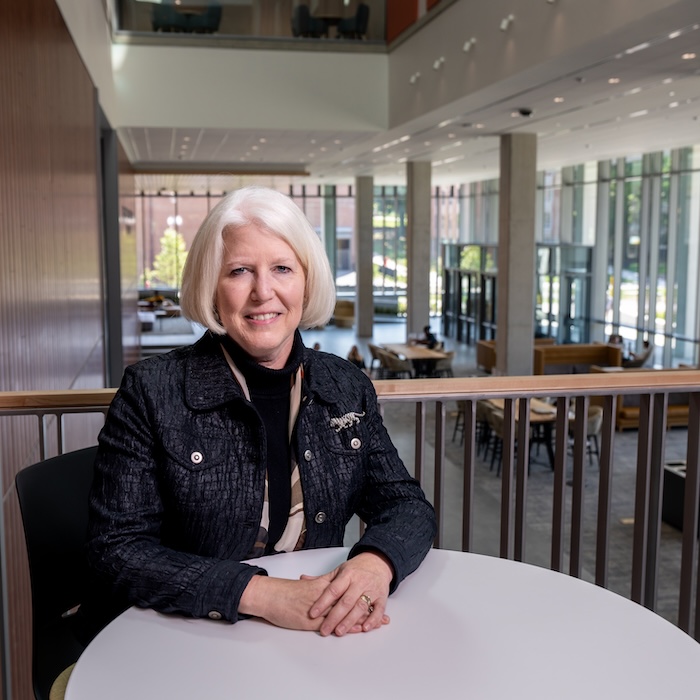
A Conversation with Dean Lisa Plowfield, Ph.D., RN
The dean of the College of Health Professions talks about the new building, its design and what effects it will have on the students, faculty and staff who spend their days there.
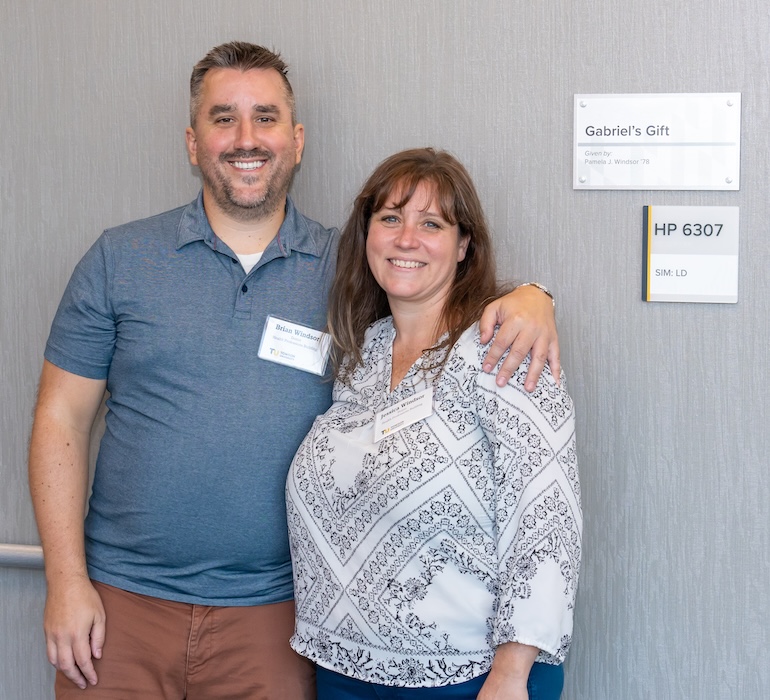
On Angel's Wings
Pam Windsor ’78 shares the story behind the Health Professions Building’s Gabriel’s Gift Labor & Delivery Suite
